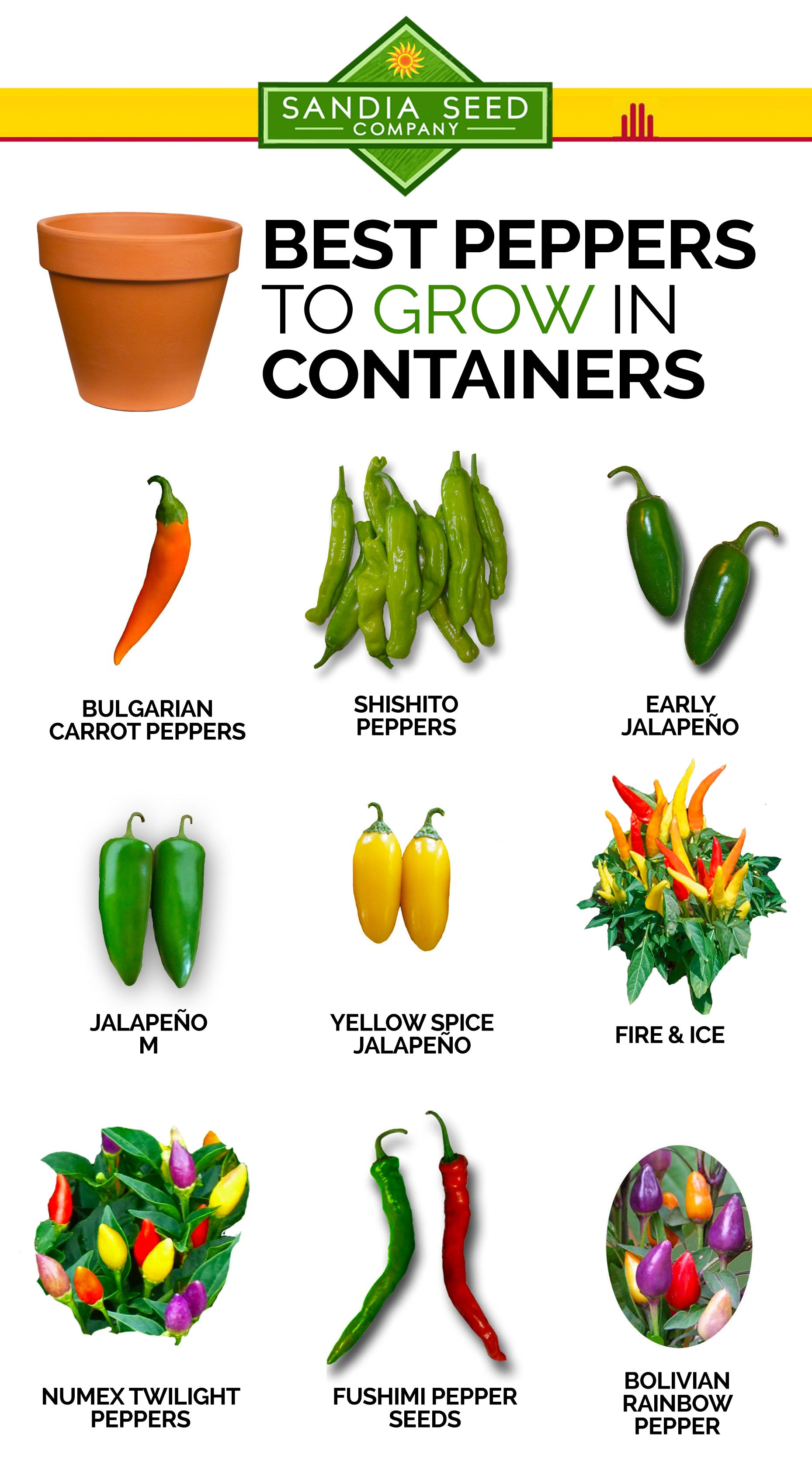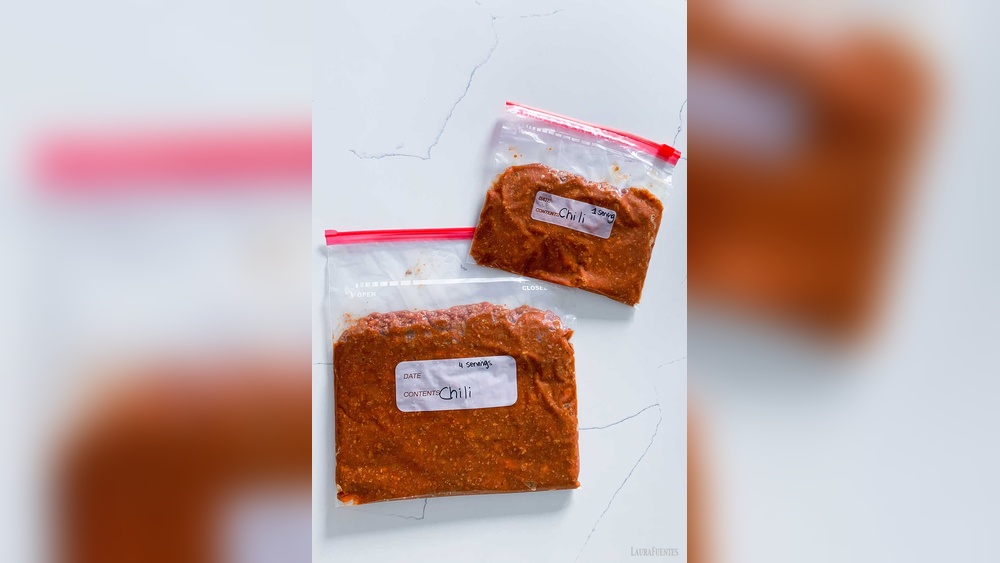You’ve just made a big pot of chili, and now it’s time to cool it down safely. But how do you do that without risking food spoilage or harmful bacteria growth?
Cooling chili the right way is key to keeping it tasty and safe for you and your family. If you’ve ever wondered what the best method is to cool containers of chili quickly and effectively, you’re in the right place.
Keep reading to discover simple, proven techniques that will help you cool your chili fast—so you can enjoy every last bite without worry.
Cooling Methods For Chili
Cooling containers of chili safely is essential to prevent bacteria growth. Using the right method speeds up cooling and keeps food safe. Several cooling methods exist, each with pros and cons. Choosing the best approach depends on equipment and chili quantity. Below are some common and effective techniques.
Ice-water Bath Benefits
An ice-water bath cools chili quickly and evenly. Submerging the container in ice water surrounds it with cold temperatures. This method reduces the chili’s temperature fast, lowering bacteria risks. It works best with smaller containers that fit well in the bath. Stirring the chili during cooling helps release heat. The ice water keeps the container cold on all sides.
Using A Cooler
Placing chili containers inside a cooler can help chill the food. A cooler filled with ice or ice packs creates a cold environment. This method is slower than an ice-water bath because cold air cools slower than water. Coolers work better for transporting chili while cooling. Adding ice packs speeds the process but may not cool large amounts fast enough.
Prep Table Risks
Leaving chili on a prep table to cool is risky. The ambient air is warmer and cools the food slowly. Slow cooling allows bacteria to multiply, increasing food safety hazards. This method is not recommended for large or hot batches. If used, divide chili into smaller containers and cover loosely to protect from contamination.
Ice Paddles Technique
Ice paddles are tools filled with frozen water that cool chili from inside. Stirring chili with an ice paddle lowers temperature quickly. This method cools the chili faster than air cooling alone. It is useful for large pots and thick chili. Ice paddles are easy to clean and reusable, making them practical for many kitchens.

Credit: www.sandiaseed.com
Container Size And Material
Choosing the right container size and material plays a key role in cooling chili safely. The size affects how fast the chili cools. The container’s material impacts heat transfer. Both factors help prevent bacteria growth and keep your food safe.
Choosing Smaller Containers
Use smaller containers to cool chili faster. Large containers hold heat longer, slowing down cooling. Smaller portions lose heat quickly and fit better in refrigerators. Divide chili into shallow containers for even faster cooling. This method lowers the risk of foodborne illness.
Metal Vs Plastic Containers
Metal containers cool chili faster than plastic ones. Metal conducts heat well, moving heat away quickly. Plastic containers hold heat longer, slowing the process. However, plastic is lighter and often cheaper. Pick metal for faster cooling and plastic for convenience.
Microwave-safe Options
Choose containers that are microwave-safe to reheat chili easily. Glass and some plastics usually work well. Avoid metal in microwaves to prevent sparks and damage. Using microwave-safe containers saves time and keeps the chili safe to eat.
Stirring And Coverage Tips
Proper stirring and covering techniques play a key role in cooling containers of chili safely. These steps help cool the chili evenly and reduce the risk of bacterial growth. They also keep the chili protected while it cools.
Frequent Stirring Importance
Stirring chili often moves the hotter parts from the center to the cooler edges. This spreads the heat evenly throughout the container. It speeds up the cooling process and lowers the chance of bacteria multiplying. Stirring also prevents a skin from forming on the surface. This skin can trap heat and slow down cooling.
Loose Covering For Safety
Cover chili containers with a loose lid or plastic wrap. This keeps dirt and insects away during cooling. A loose cover lets steam escape, which stops condensation inside the container. Condensation can add extra moisture and create a breeding ground for bacteria. Avoid sealing the container tightly until the chili is fully cooled.

Credit: www.sandiaseed.com
Cooling Timing And Safety
Cooling timing and safety are critical when handling containers of chili. Proper cooling prevents harmful bacteria from growing. Rapid cooling keeps your chili safe to eat and extends its freshness.
Understanding the best cooling methods helps avoid foodborne illnesses. Follow safe practices to cool chili quickly and safely after cooking.
Avoiding Room Temperature Cooling
Leaving chili at room temperature is unsafe. Bacteria multiply rapidly between 40°F and 140°F. Cooling chili slowly on the counter gives bacteria time to grow. Always avoid cooling chili uncovered at room temperature.
Instead, start cooling chili immediately after cooking to reduce risk. Do not let it sit out for more than two hours.
Rapid Cooling To Reduce Bacteria
Rapid cooling stops bacteria from multiplying. Use shallow containers to spread chili thinly. This increases surface area and cools chili faster. Stir chili occasionally to release heat evenly.
Another method is placing containers in an ice-water bath. This cools chili quickly and safely. Rapid cooling keeps chili in the safe temperature zone.
Safe Refrigerator Practices
Place chili in the refrigerator once it reaches about 70°F. Keep containers loosely covered to allow heat to escape. Avoid stacking containers tightly to promote air circulation.
Use small containers that fit well in the fridge. This helps chili cool evenly and quickly. Always store chili at 40°F or below to maintain safety.
Freezing And Defrosting Chili
Freezing chili is a smart way to keep it fresh for weeks. It stops bacteria growth and keeps flavors intact. Proper freezing and defrosting ensure your chili tastes great every time.
Knowing how to choose containers and thaw chili safely is key to preserving quality. Avoid common mistakes that can ruin your meal or cause freezer burns.
Best Containers For Freezing
Use airtight, freezer-safe containers for best results. Plastic containers with tight lids or heavy-duty freezer bags work well. Leave space at the top for chili to expand as it freezes. Glass containers with locking lids are also good but avoid sudden temperature changes.
Defrosting Methods
Thaw chili in the refrigerator overnight for safe defrosting. For faster thawing, place the container in cold water, changing water every 30 minutes. Avoid defrosting chili on the countertop to prevent bacteria growth. Reheat chili to at least 165°F (74°C) before eating.
Preventing Container Damage
Do not freeze chili in thin or weak containers. They may crack or break due to liquid expansion. Avoid using metal containers that can rust or react with food. Label containers with date and contents to track freshness. Let hot chili cool before freezing to protect container integrity.

Credit: www.reddit.com
Frequently Asked Questions
What Is The Best Way To Cool Containers Of Chili Servsafe?
Cool chili quickly by placing containers in an ice-water bath. Stir often and use shallow, smaller containers to speed cooling and prevent bacteria.
Should You Let Chili Cool Down Before Refrigerating?
Let chili cool slightly before refrigerating to prevent raising fridge temperature. Use shallow containers to cool it faster and safely.
How To Safely Cool Chili For Large Gatherings?
Cool chili quickly by dividing it into smaller, shallow containers. Place them in an ice-water bath and stir occasionally. Chill uncovered until warm, then cover loosely and refrigerate. This method minimizes bacterial growth and ensures safe cooling for large gatherings.
How Much Time To Safely Cool Chili?
Cool chili safely within 2 hours by dividing it into smaller containers and placing them in an ice-water bath or refrigerator. Stir occasionally to speed cooling and prevent bacteria growth.
Conclusion
Cooling chili quickly and safely is essential to prevent bacteria growth. Using an ice-water bath cools chili faster than other methods. Divide large batches into smaller containers for better cooling. Stir chili occasionally to help heat escape evenly. Avoid leaving chili out at room temperature for long.
Proper cooling keeps your food safe and tasty. Follow these simple steps to cool chili the best way.

